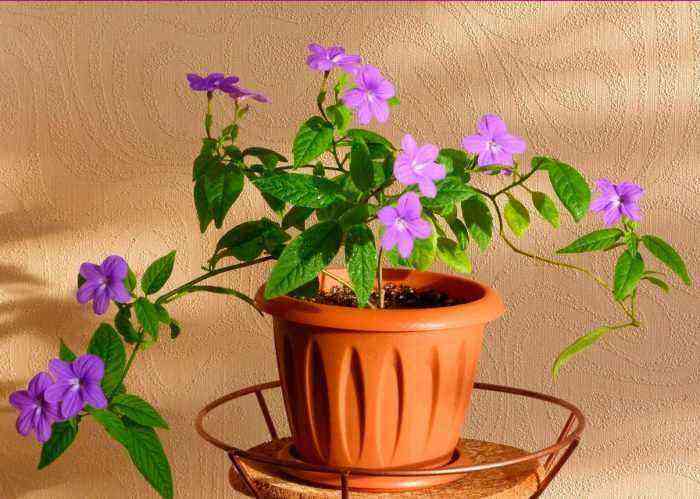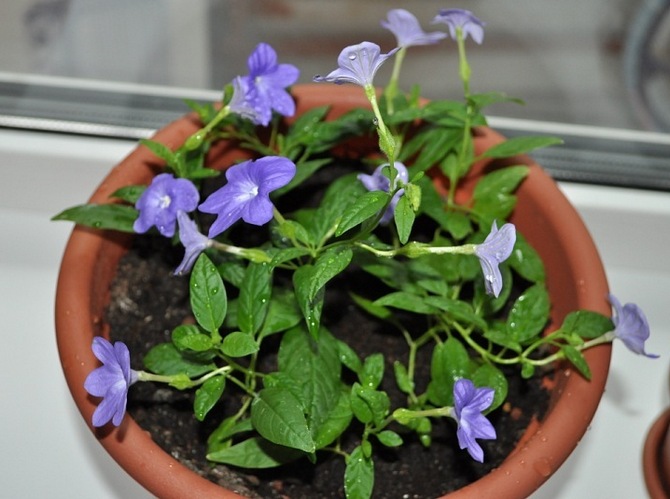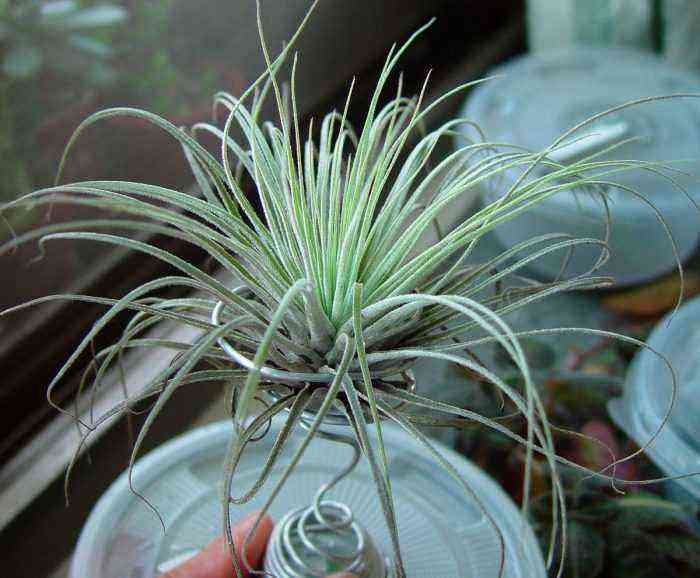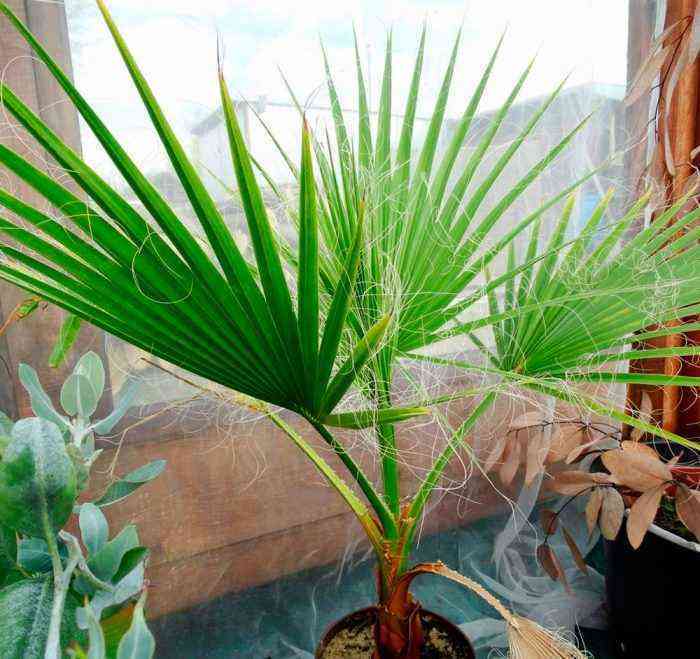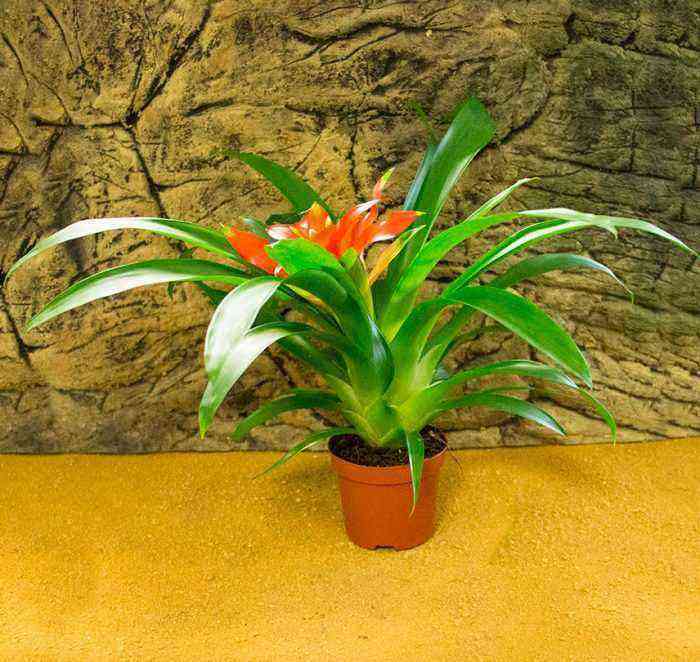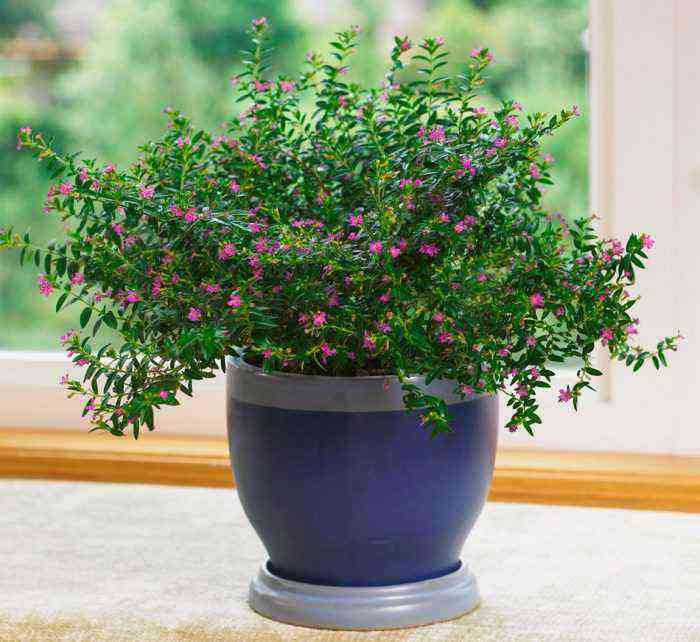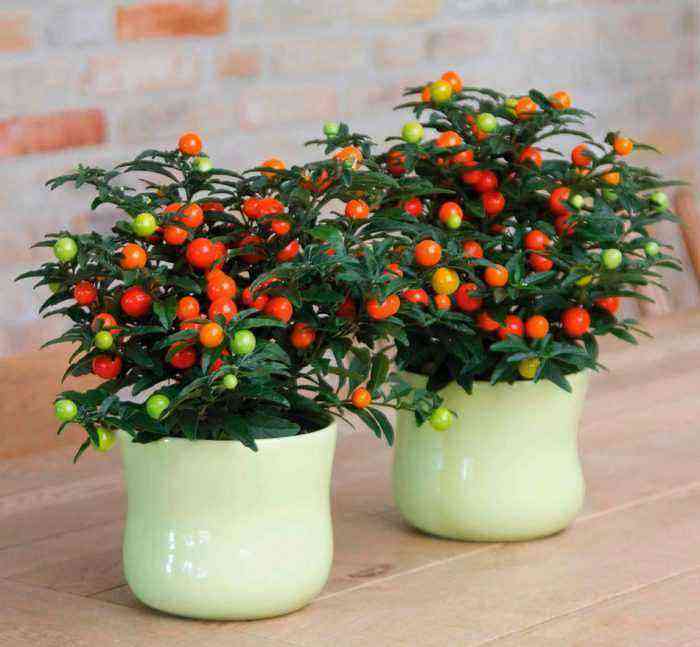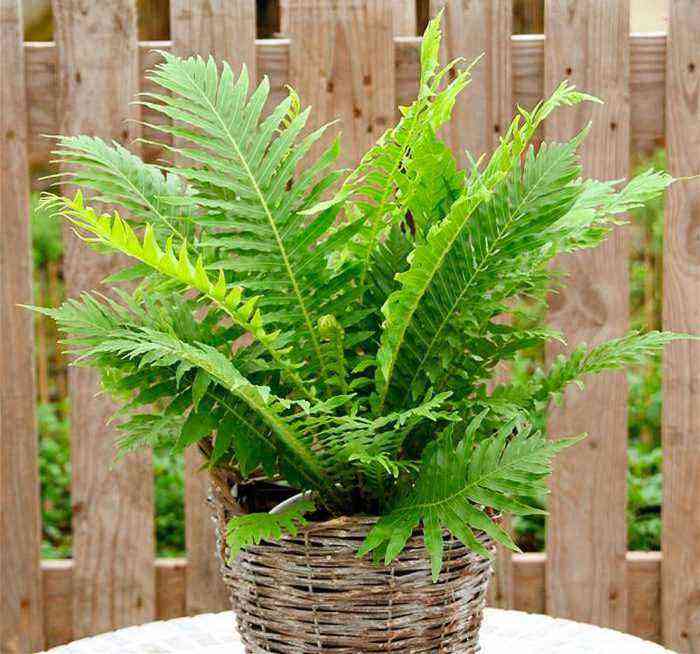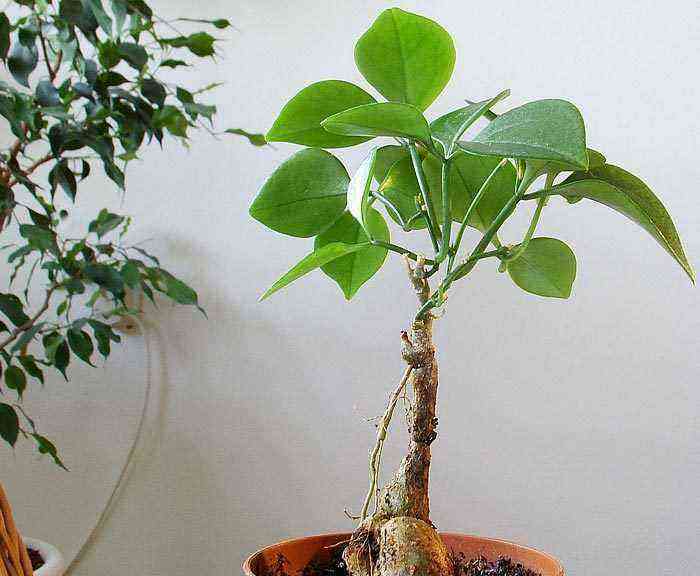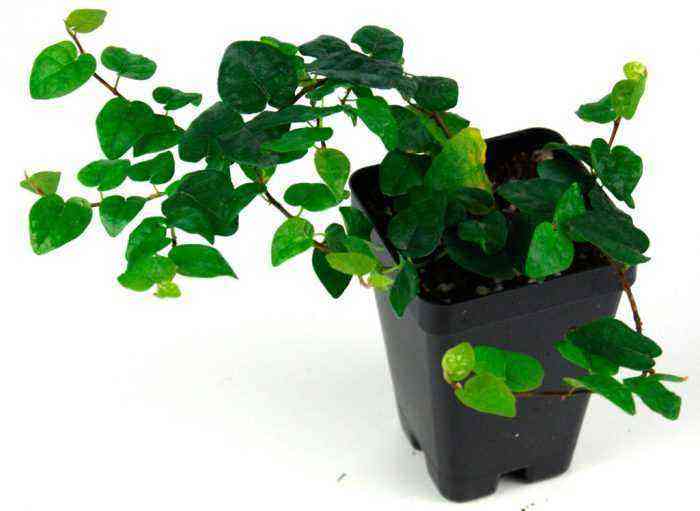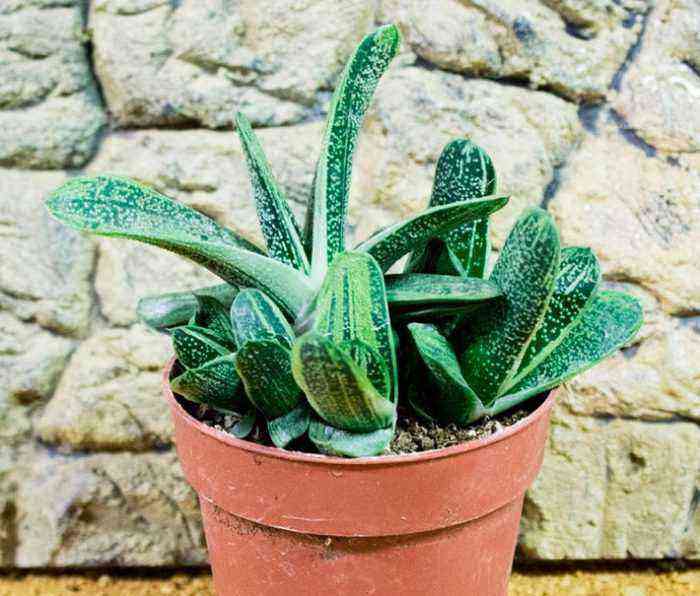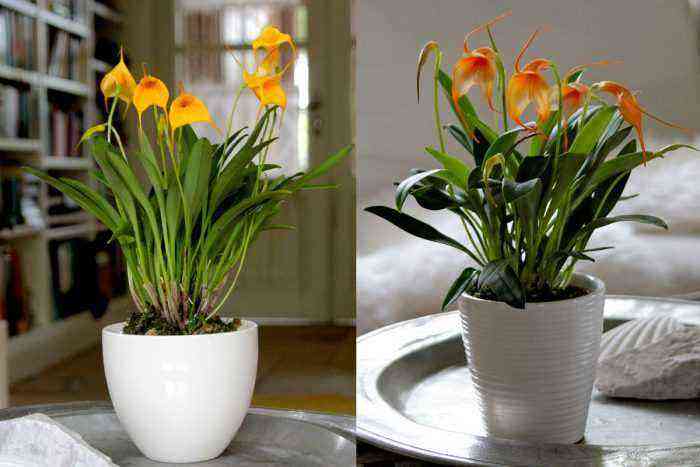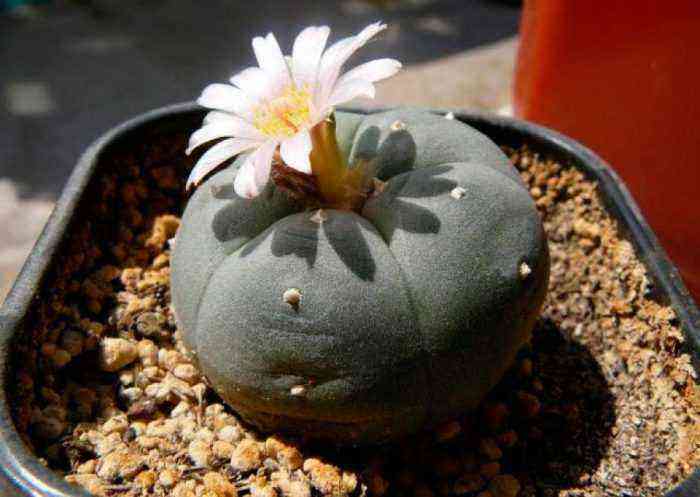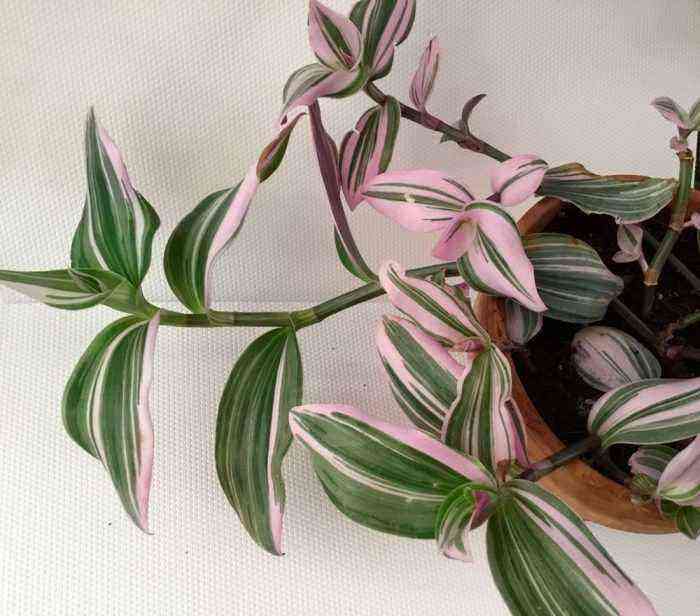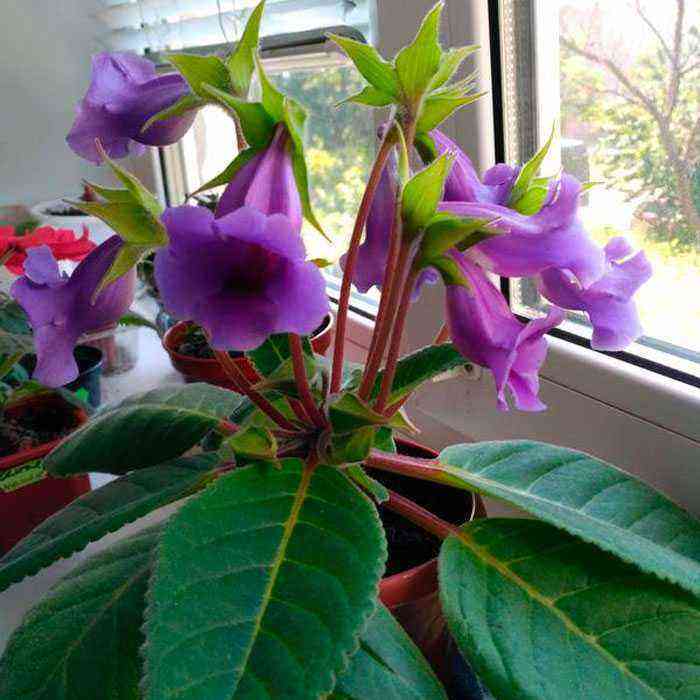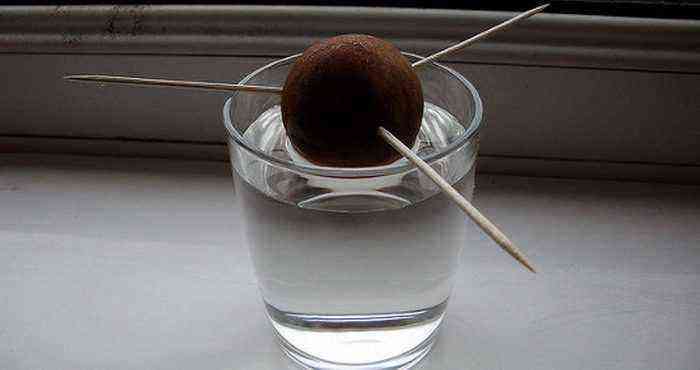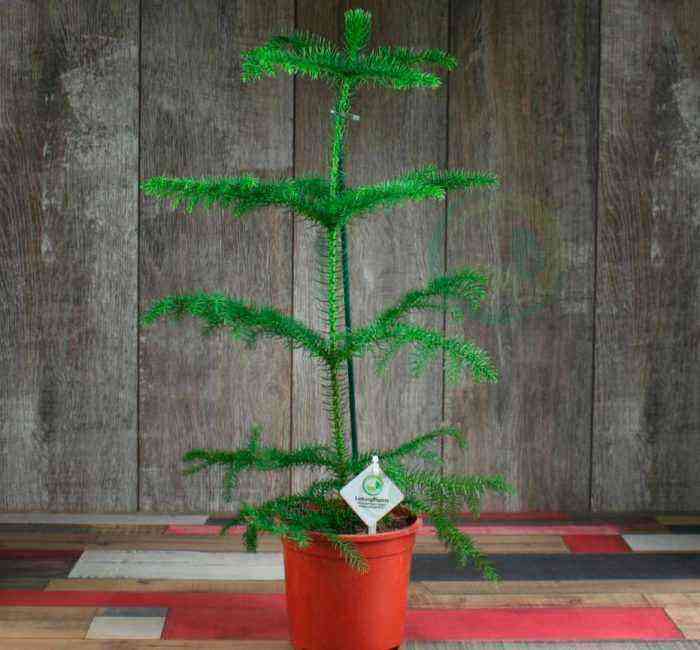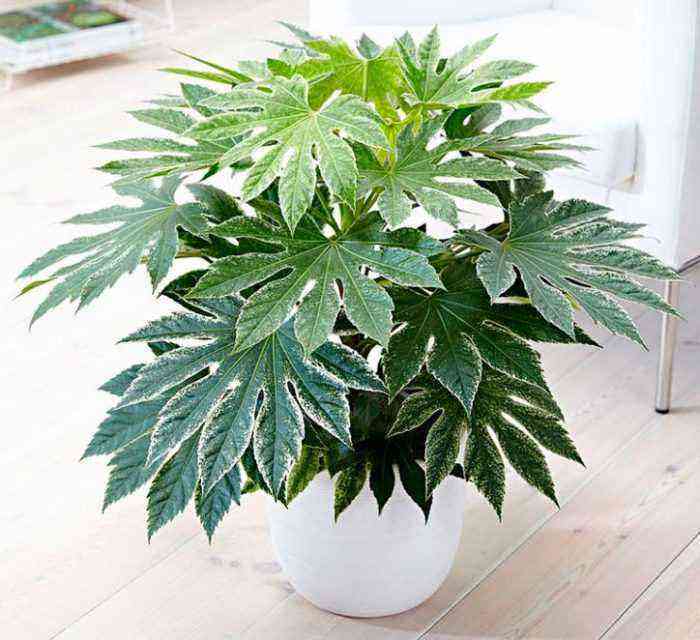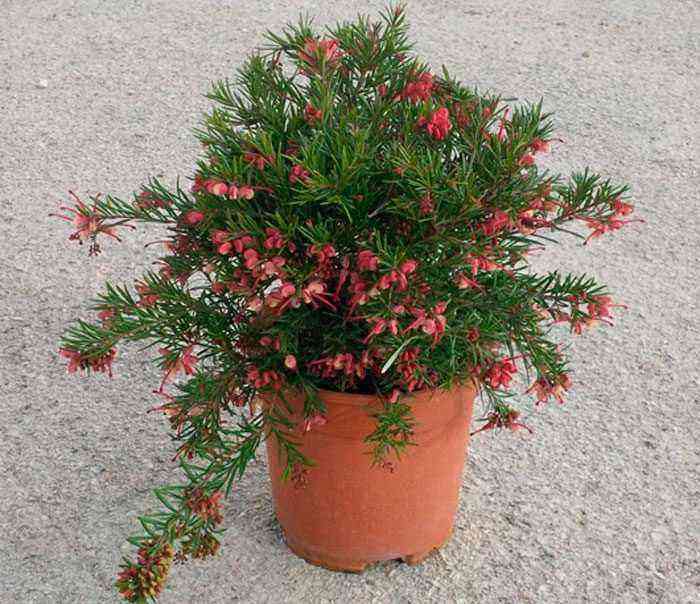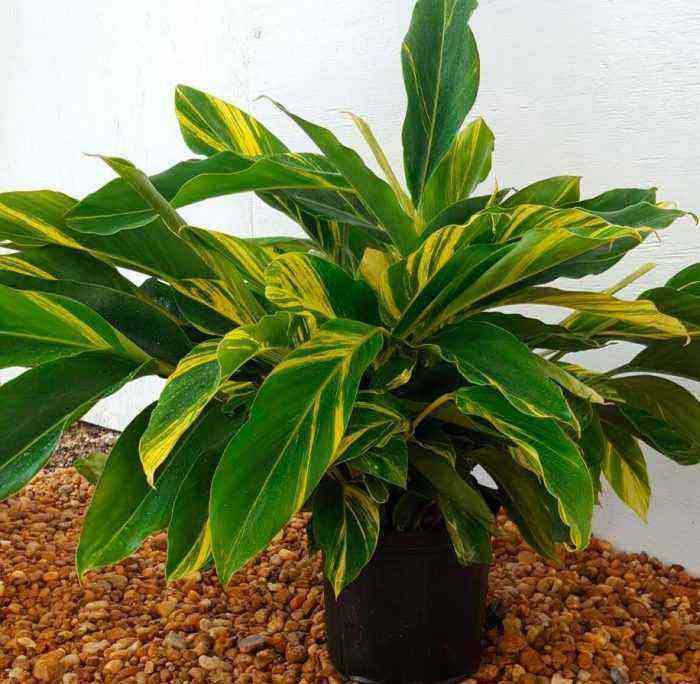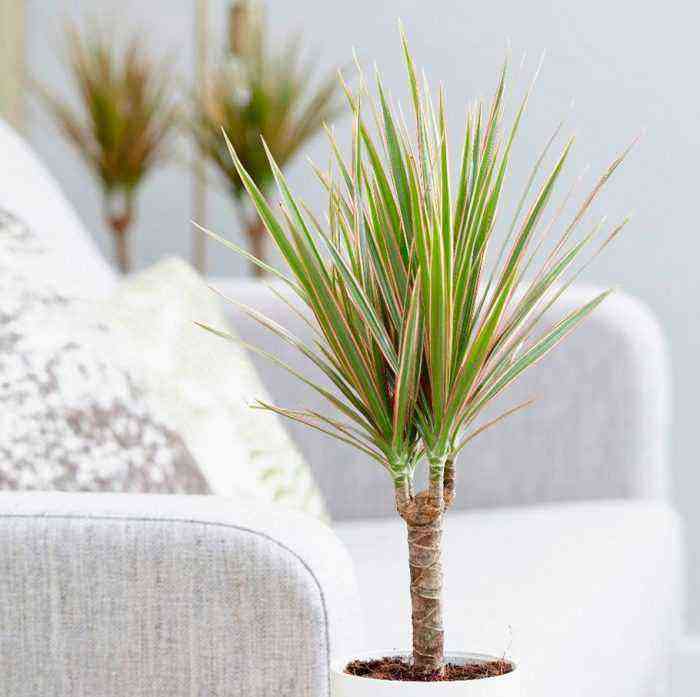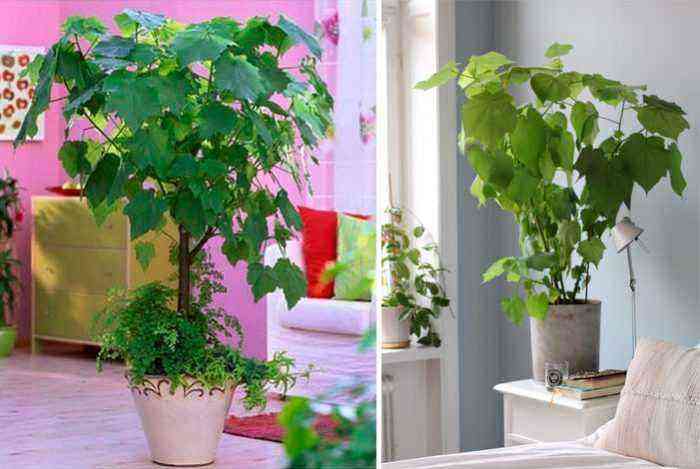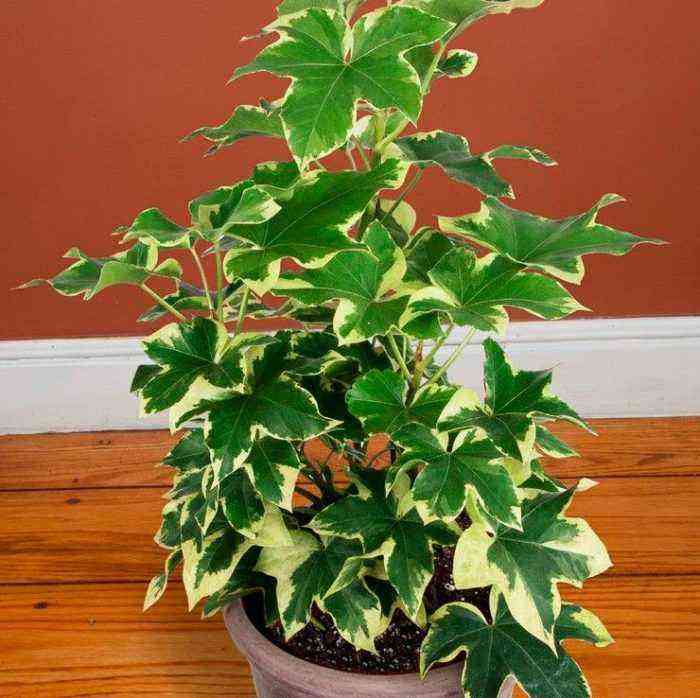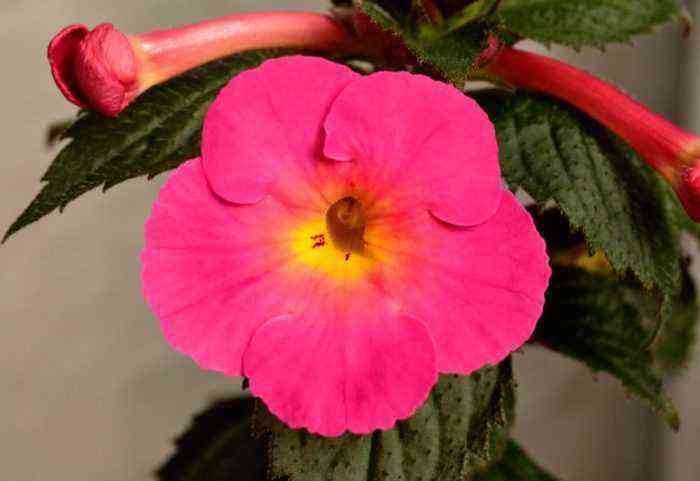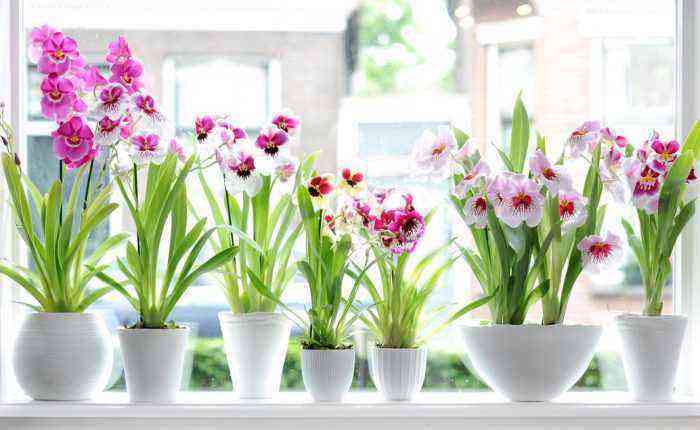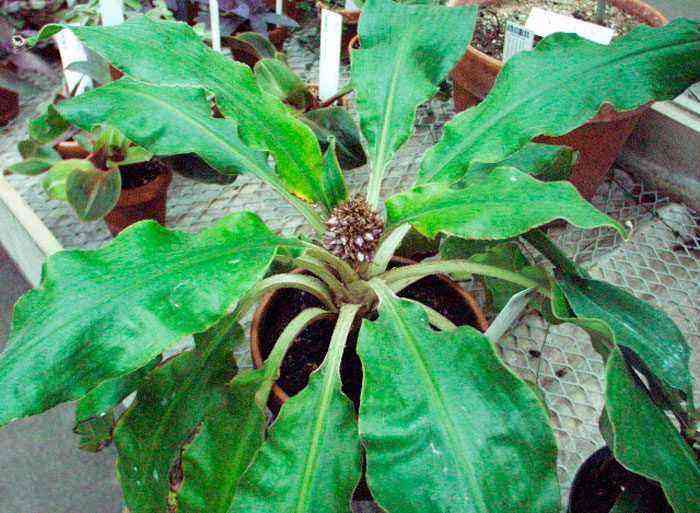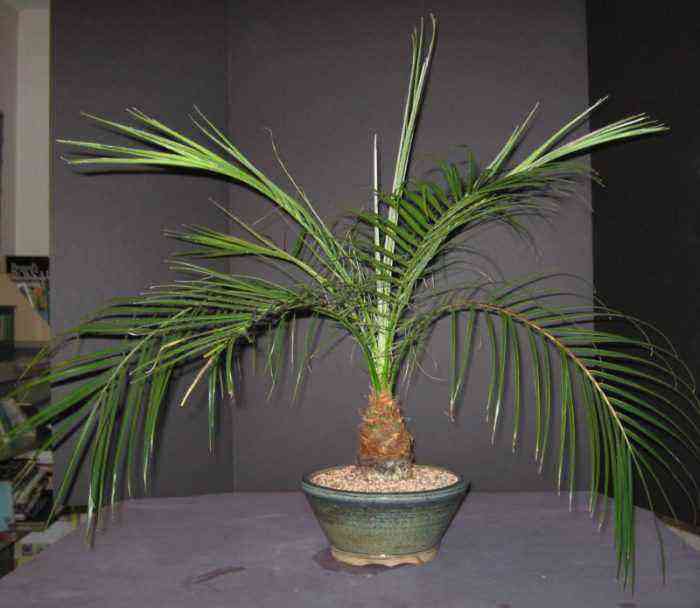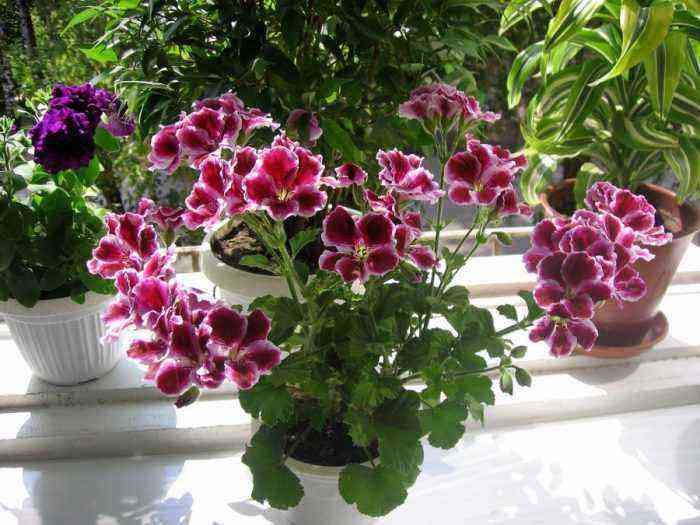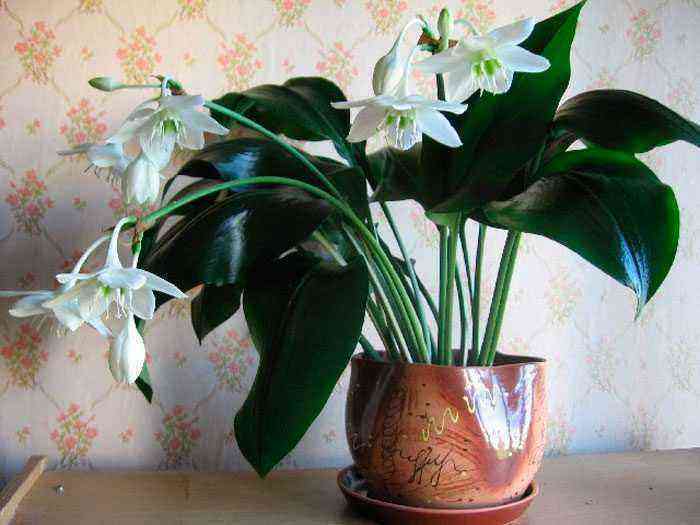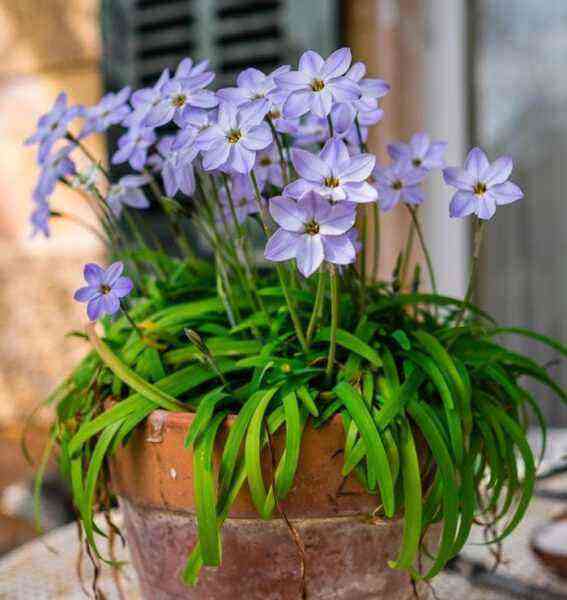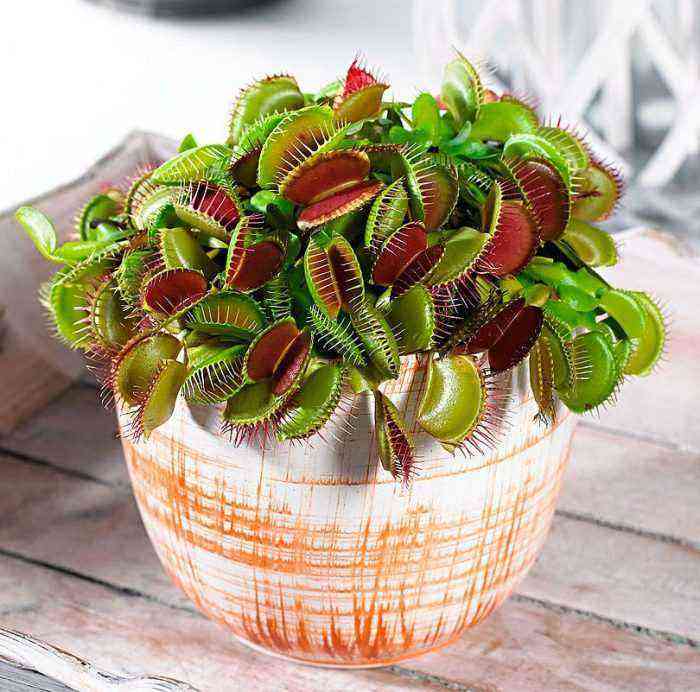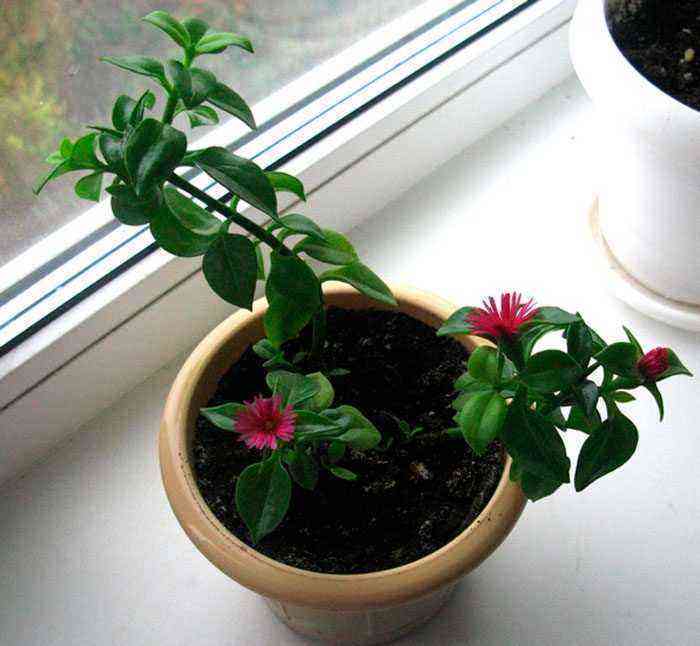Kind like eyebrow (Browallia) is directly related to the Solanaceae family. This genus unites 6 species of herbaceous perennials. In nature, they can be found in South America.
These plants can be creeping or erect. Their thin shoots are either slightly pubescent or bare, and they branch very strongly. Depending on the species, an adult specimen can reach a height of 10 to 100 centimeters. Entire, short-petiolate leaflets have a lanceolate-heart-shaped or broadly lanceolate shape with a pointed and elongated end. In length, they can reach from 2 to 9 centimeters, and in width – from 1,5 to 4 centimeters. A leaf blade with a distinctly distinct venation, has an uneven surface (as if gathered along the veins).
On short (about 2,5 centimeters) pedicels, there are single flowers or flowers collected in racemose axillary inflorescences. The zygomorphic corolla consists of 5 half-fused petals, which represent a wide-open funnel. The tube can reach a length of 0,4 to 2 centimeters, and the cup with open petals has a diameter of 1 to 5 centimeters. Depending on what type and variety of brovalia, its flowers can be painted in one color or have a pharynx painted in a contrasting color shade. The fruits are small oblong capsules that reach 0,6 millimeters in length. They contain 10–45 seeds.
Eyebrow care at home
At home, such a flower grows like an annual. As a rule, the plants are changed to a new one after it has finished blooming. You can buy it in a store, while you need to purchase recently blooming specimens. And also plants can be grown by hand from seeds or cuttings. Although the life of the eyebrow is relatively short, in order for it to bloom profusely, it needs to be properly cared for.
Illumination
You need bright lighting and some direct rays of the morning or evening sun. The flower is recommended to be placed on the window sill of an east or west window. When choosing a northern window, it should be borne in mind that flowering will be very scarce. On a south-facing window, the flower will need shading from direct midday sunlight.
Those species and varieties that bloom in the cold season require additional lighting. The duration of daylight hours should be about 12 hours, otherwise the bloom will be scarce or the flowering will be short.
Temperature conditions
He loves heat very much, but at the same time does not tolerate high temperatures. In summer, it is recommended to provide a plant with a temperature of 20 to 25 degrees, in winter (in the absence of additional lighting) – from 15 to 17 degrees. If the temperature is higher, then the consequence of this will be the stretching of the stems, as a result of which the bush will lose its decorative effect.
How to water
The flowering plant should be provided with abundant watering, while the soil should be slightly damp (not wet) all the time. With a cool wintering, liquid stagnation in the soil should not be allowed, so watering at this time is recommended to be done only after the upper layer of the substrate has dried.
Pour with settled water at room temperature, it should not contain chlorine.
humidification
On hot summer days, it is necessary to regularly moisten the bush with a sprayer. To do this, use soft water. During flowering, spraying is usually carried out on the seamy side of the foliage.
Trimming
To form a spectacular, lush and neat bush, you will need to regularly pinch the tops of young stems.
Earth mixture
Suitable soil should be loose and allow good air and water permeability. For planting, you can buy universal soil for garden or ornamental indoor plants at a flower shop. Simple soil from a vegetable garden or garden is well suited for planting.
Do not forget to make a good drainage layer at the bottom of the pot, which can prevent liquid stagnation in the substrate.
Additional fertilizing
During intensive growth, it is necessary to feed 2 times a month. For this, fertilizer is used for flowering indoor plants (3 part of the recommended dose is taken).
Transplant Features
It is not necessary to transplant the eyebrow, because it should be renewed every year.
Methods of reproduction
Can be easily propagated by seed or cuttings. For cuttings, it is recommended to use ripe apical stems that do not have buds. Cuttings are rooted in loose moist soil in a mini-greenhouse. Can also be rooted in a small container of water.
Seeds are sown all year round. Sow on the surface of the substrate and cover the container with glass. The seedlings will appear in 1-2 weeks. Bushes begin to bloom at the age of 2,5 months.
Diseases and pests
Aphids, spider mites or whiteflies can settle on the bush. If harmful insects are found, it is necessary to carry out treatment with a chemical agent of the appropriate action (Aktellik, Fufanon, etc.). Only the seamy side of the leaves should be sprayed.
A plant can get sick with powdery mildew or chlorosis.
Video review
Basic views
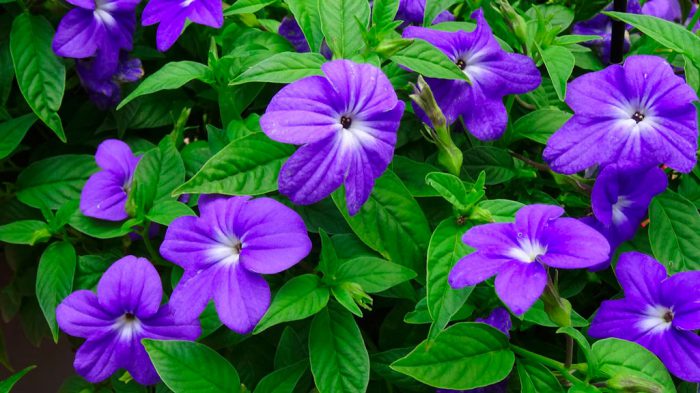
Indoor conditions are most often grown beautiful brow (Browallia speciosa)… It is a herbaceous compact shrub that can reach a height of 70 centimeters in nature, and only 40 centimeters under indoor conditions. Short simple shoots are devoid of pubescence. On the surface of the leaves along the veins, there is not very large pubescence. In length, they can reach 2-6 centimeters. Rough leaves have an obovate shape and a pointed end. Wide oval petals are also pointed. The flowers of the species form are painted in bluish-purple color, while the inside of the throat is snow-white, and the anthers are rich yellow in color. It blooms for a very long time, and if the plant is placed in favorable conditions, then flowering can continue all year round.
In this species, the most popular varieties are those that are directly related to the Bells line:
- “White Bells” – has snow-white flowers;
- “Jingle Bells” – flowers are blue in various shades;
- “Blue Bells” – blue flowers.
And yet a fairly common variety is “Blue Troll”, which has a blue flowers.
Also a very spectacular view is pubescent brow (Browallia demissa), but it is still not very widespread. The bush can reach a height of 70 centimeters. Its shoots can be simple or slightly felted. Broad-lanceolate, slightly hairy leaves can be up to 5 centimeters long. The petals are reverse-heart-shaped, with a notch at the tip. They can be painted in lilac, white, blue or violet. The corolla can be 1–1.5 centimeters in diameter.

Of particular interest is the form sticky eyebrow (Browallia viscosa)… It was named so because of the sticky shoots. A very effective variety is Sapphir. In height, the bush can reach from 20 to 25 centimeters and during flowering it is covered with numerous small sapphire blue flowers. The plant blooms for about 4 months from November to February.
